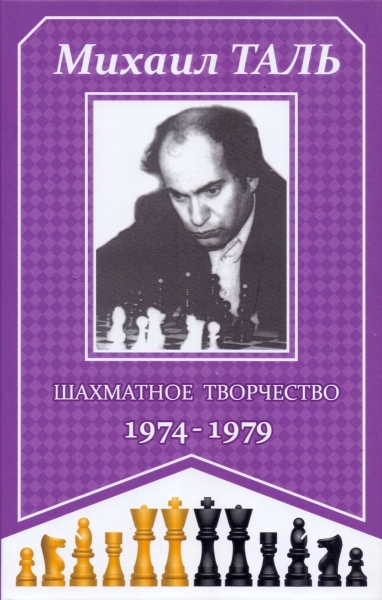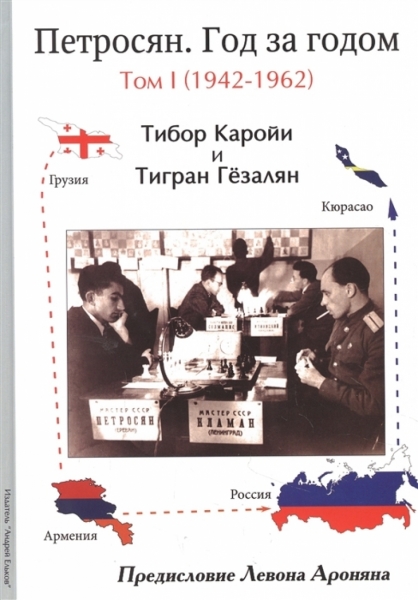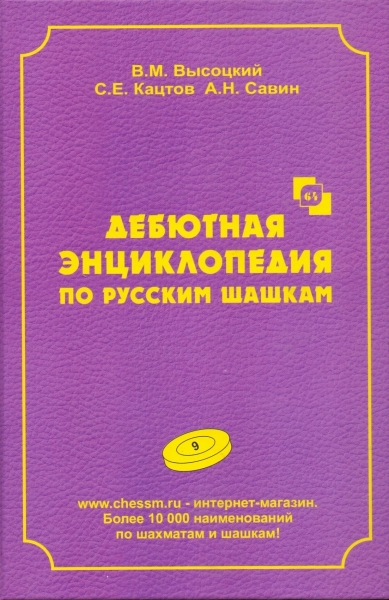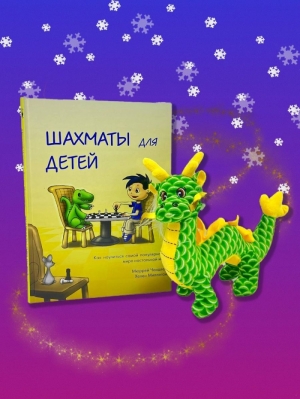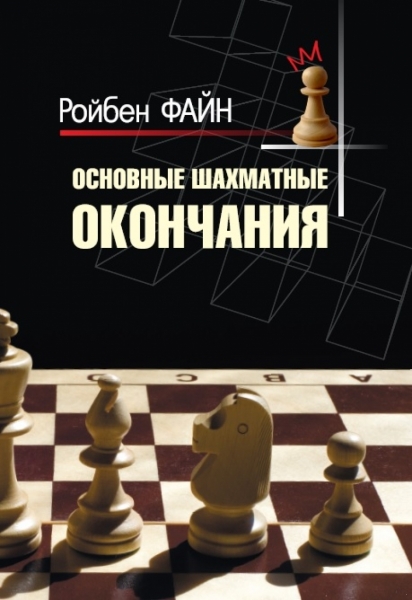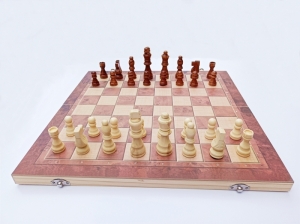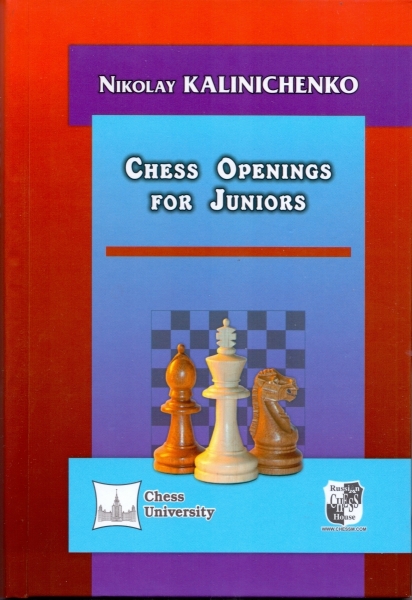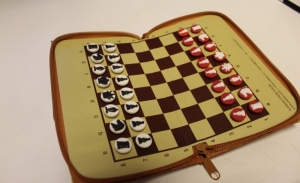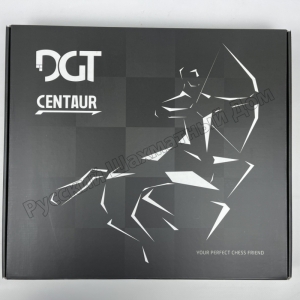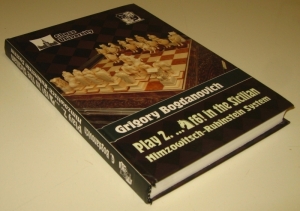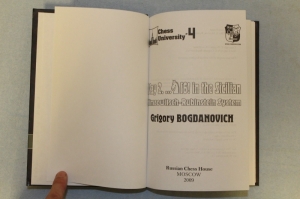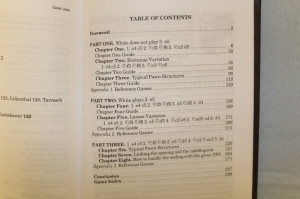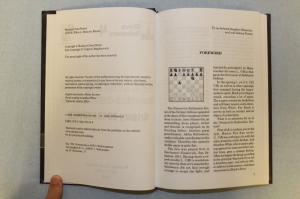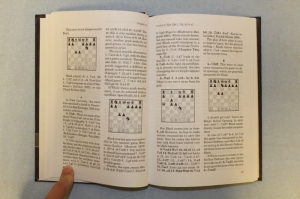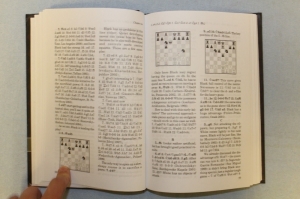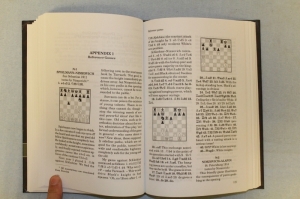Play 2...Nf6! in the Sicilian
- ISBN: 978-5-94693-116-8
- Publisher: Russian CHESS House
- Author(s): Bogdanovich
- Series: Chess University
- Year of issue: 2009
- Language: English
- Volume: 291
- Binding: Hardcover
paper book
26.1 $
Description:
The price include postage and packing.
On the map of modern chess theory there is a 'blank spot' - The Nimzowitsch-Rubinstein Variation of the Sicilian Defence (1.e4 c5 2.Nf3 Nf6) Everyone has heard of it, but no one really knows anything about it. The literature devoted to this topic is extremely scanty. Two or three articles, a few brochures, one ancient monograph (in German) - and that's all. The book of international master Grigory Bogdanovisch fills this gap. The author, a recognized expert on the Variation, has summarized and fully systemized his many years of experience in the given field. His views are subjective - but this is what makes them valuable. His conclusions are paradoxical, but they, so to speak, 'grab' the reader and do not leave him indifferent. You want to argue with him, but - and this is the main thing! - his presentation of the Variation makes you want to study it and play it.
-
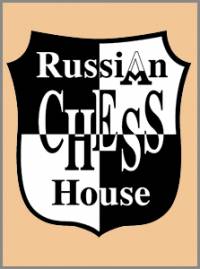 The life of a chess player in the system. Memories of the grandmaster
Author:
The life of a chess player in the system. Memories of the grandmaster
Author:
Averbah 45.00 $ -
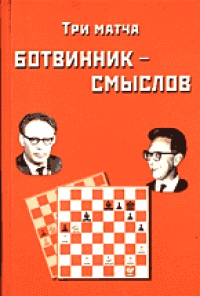 Три матча Ботвинник-Смыслов
Author:
Три матча Ботвинник-Смыслов
Author:
Botvinnik 45.00 $ -
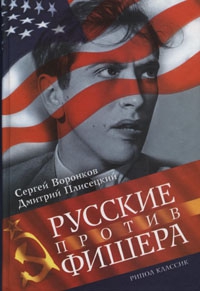 Russians vs Fisher
Author:
Russians vs Fisher
Author:
Voronkov 65.00 $ -
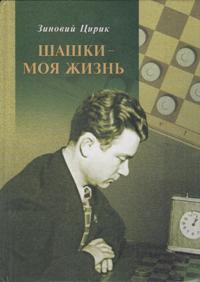 Checkers is my life
Author:
Checkers is my life
Author:
Ciric 87.50 $ -
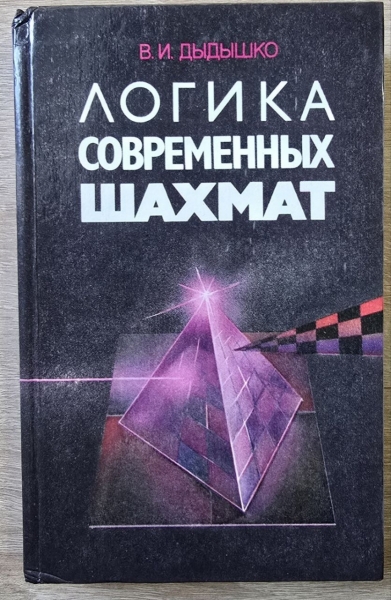 The logic of modern chess
Author:
The logic of modern chess
Author:
Dydyshko 72.50 $ -
 Siegbert Tarrasch. The Queen
Author:
Siegbert Tarrasch. The Queen
Author:
Tarrash 72.50 $ -
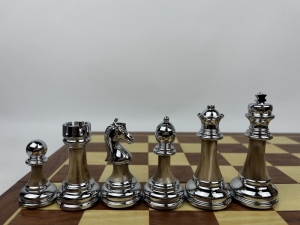 High quality acrylic metal heavy chess pieces with wooden board
202.50 $
High quality acrylic metal heavy chess pieces with wooden board
202.50 $
-
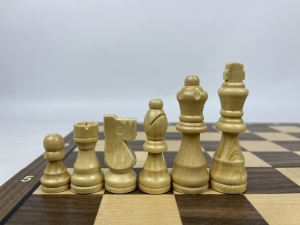 Wooden magnetic Staunton chess with a lock (silver)
56.25 $
Wooden magnetic Staunton chess with a lock (silver)
56.25 $
-
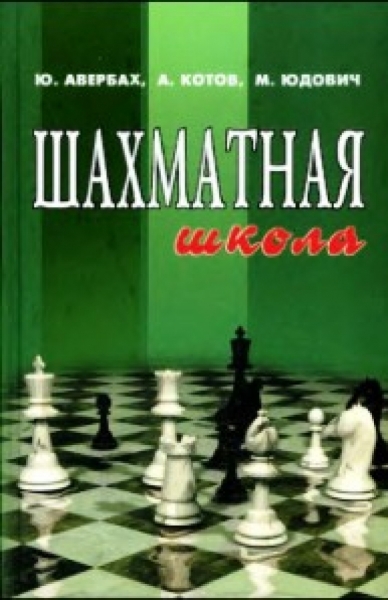 Chess school
Author:
Chess school
Author:
Averbah 15.00 $ -
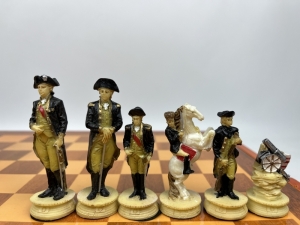 The chess set of The Chessmen. US war - Great Britain
325.00 $
The chess set of The Chessmen. US war - Great Britain
325.00 $
 Русский
Русский  Английский
Английский 